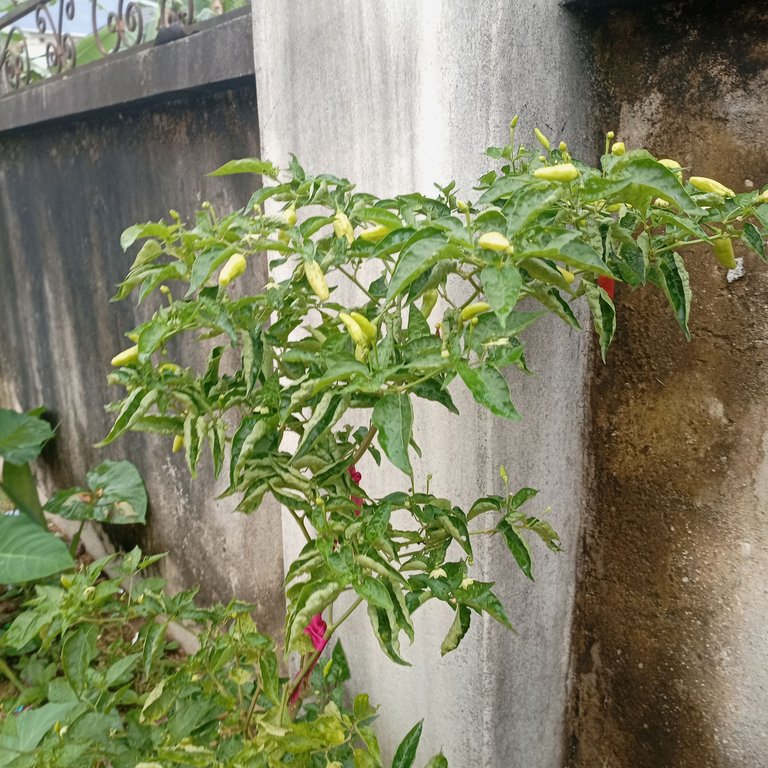
Good day, friends in the #homesteading community. I hope everyone has been enjoying the new week. For me, it's been very nice. This week has been a celebration all through and I have had less time to blog. For today, I will be exposing everyone to how certain kitchen wastes can be reused to make a little garden and in the process, explain the modes of planting and germination of the pepper plants.
Just like I said earlier, this week it's been celebrated here and there as my little nephew was officially named and dedicated to God last Sunday. Last week, his parents had to go to the market to buy many foodstuffs and most of them were consumable goods like tomatoes, peppers and onions. For the tomatoes, we blended them that day they were bought and steamed to dry off some moisture. But for the pepper and onions, we kept them in the fridge.
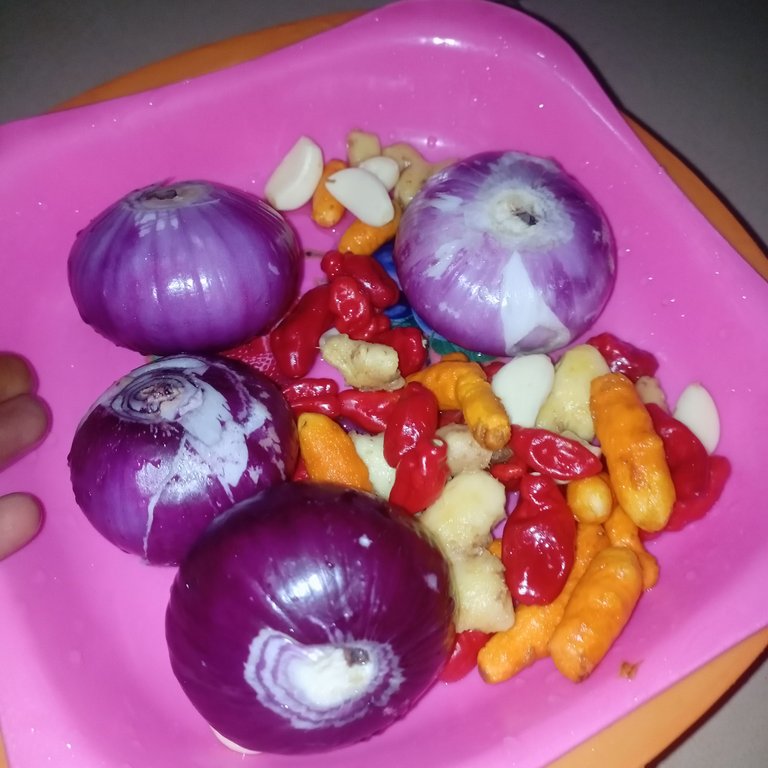
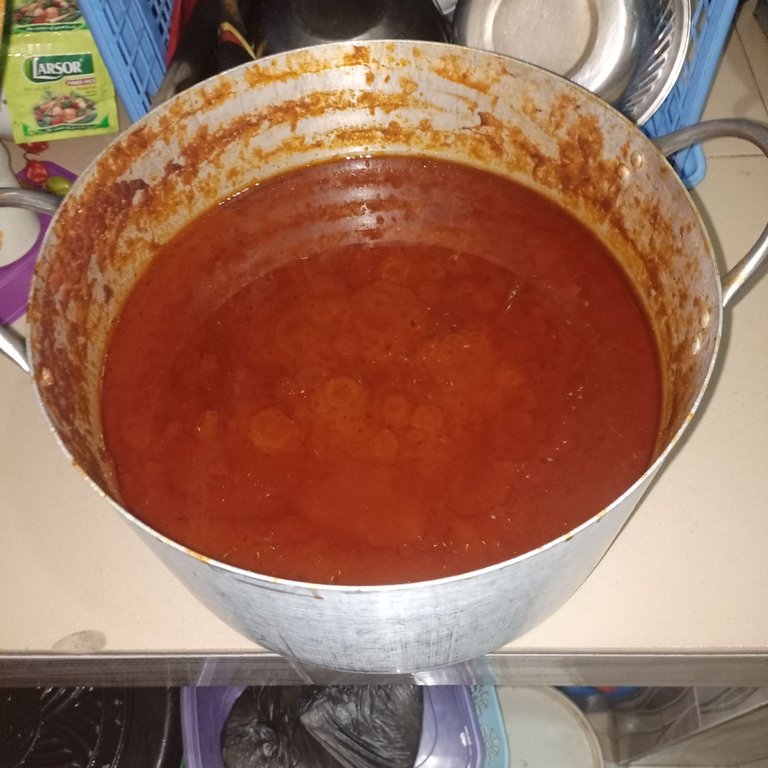
It's very sad news that one day while the power supply was interrupted all of a sudden, the fuse of the stabilizer connected to the fridge blew and that was unknown to us. With the hope that the fridge is working perfectly well, we left these peppers and onions in the fridge for two days. Finally on Saturday evening when the items were needed to begin cooking against Sunday which is the D-day, one of the cooks opened the fridge and found out that it was warm.
The fridge being warm only means one thing, the items stored in the fridge might have probably gone bad. That was the outcome, but just a few of the items, those at the bottom of the fridge and received more heat were very bad and can't be used anymore. So I soaked the spoiled ones in a bowl containing water and burst the pepper fruits to expose the seeds.
Then I sliced the spoiled onions and mixed them. The spoiled onions would serve as manual when they decompose around the growing pepper plants
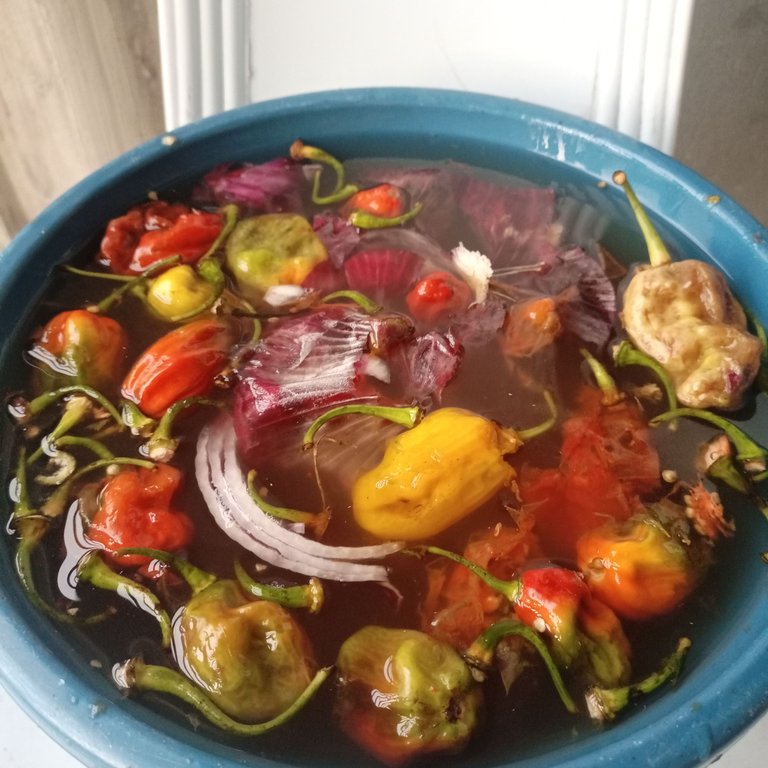
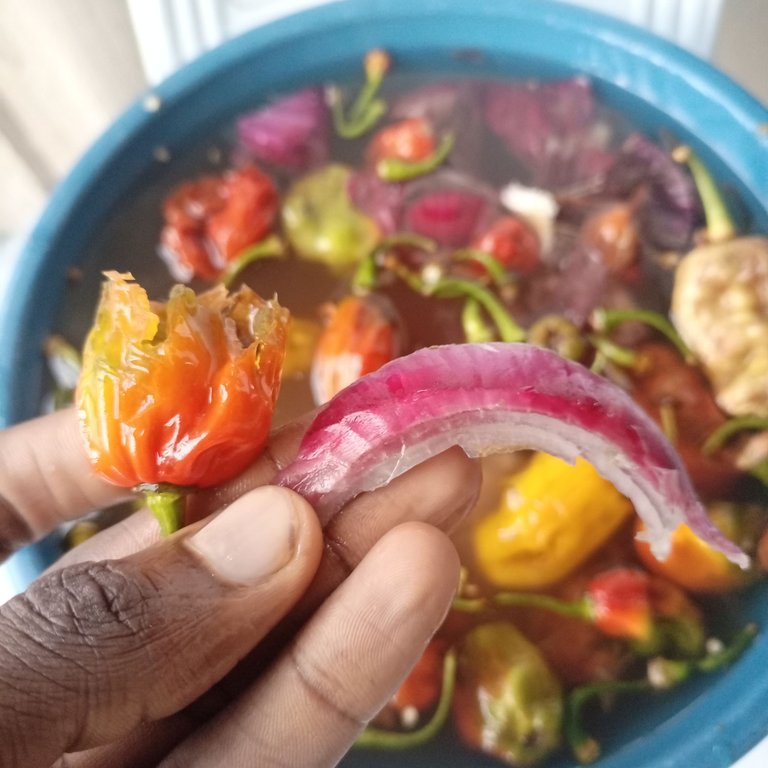
After having a bowl of pepper seeds, coats and onion slices, I headed to the garden and began the planting proper. Pepper is a seed plant meaning it can only be propagated by seeds rather than stems or leaves like other plants. Another factor to note is that the pepper fruit from which the seeds are gotten must be mature and ripe for the seeds to germinate after planting.
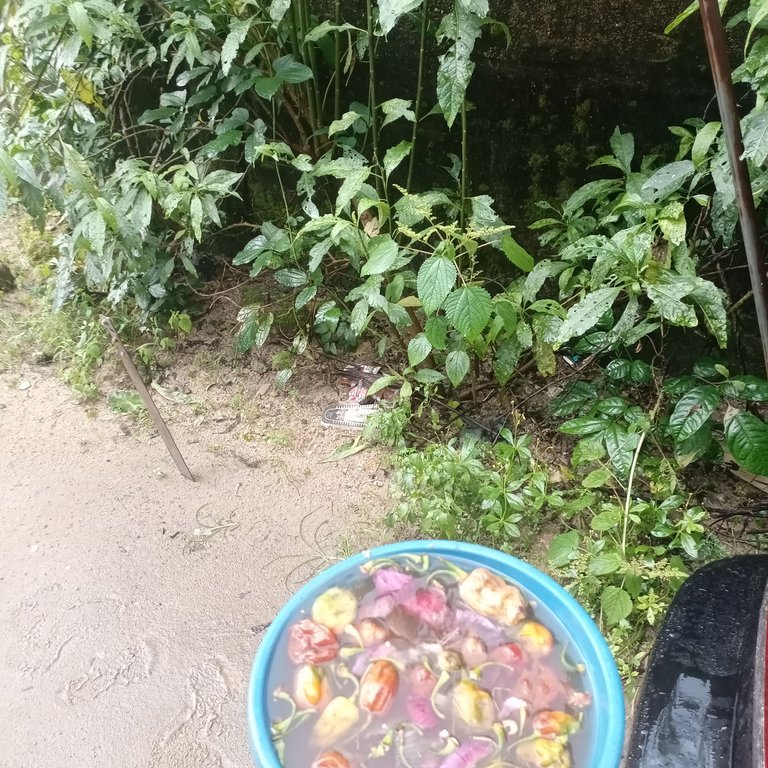
IMG_20240920_172913_275.jpg](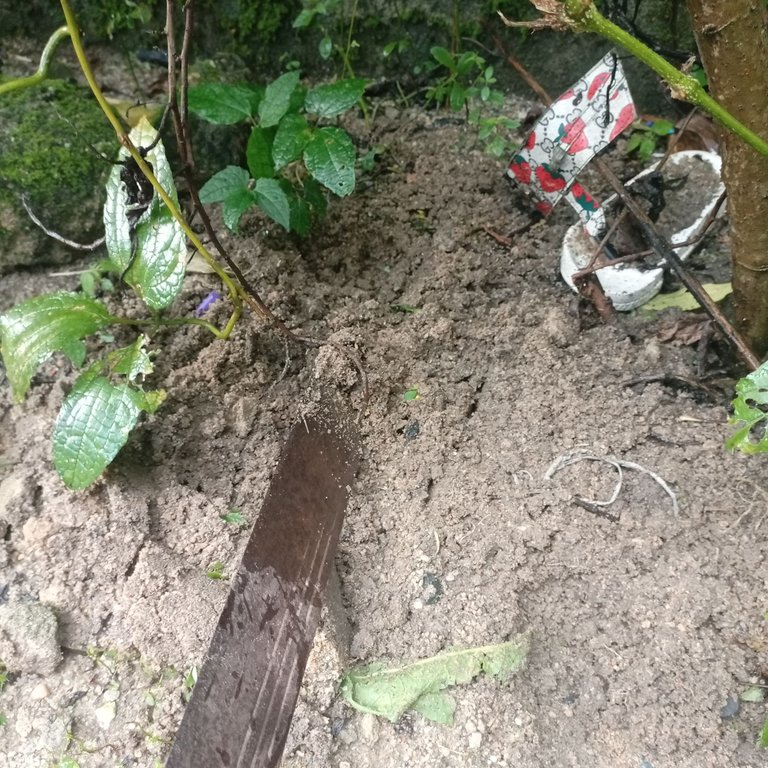 )
)
When I went to the little garden, I had my machete ready and began to till the soil. The holes I dug were not too deep to help the seeds germinate faster and were also not too shallow to avoid being eaten by pests. One of the major pests of pepper plants when the seeds are planted are insects, lizards and birds. These animal pests love picking up the seeds and that's why the seeds must be covered up with soil.

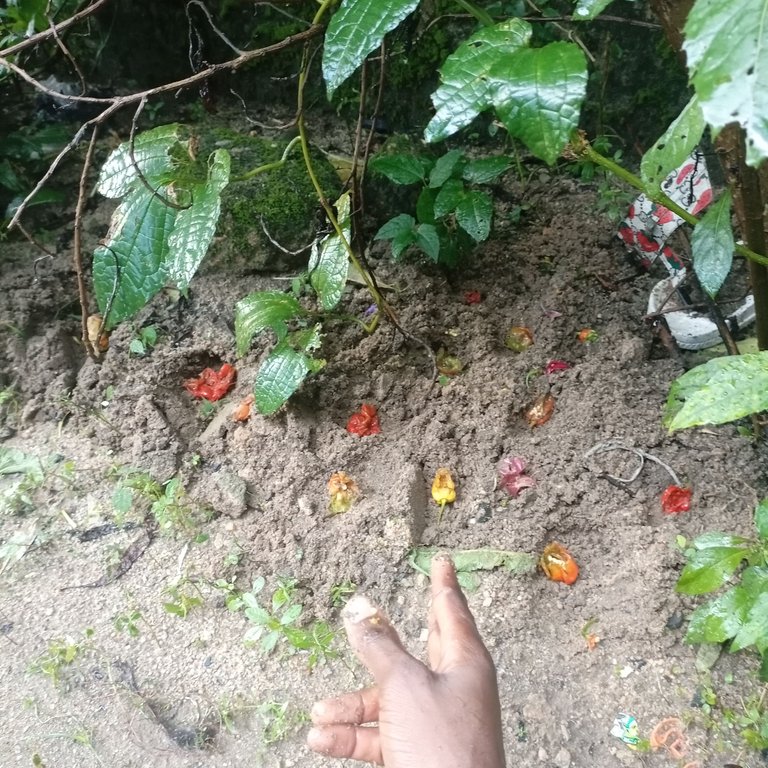
So after opening the holes, I moved on to place the fleshy pepper fruits first into the holes before the seeds. I did this because when the fleshy parts decompose, they will serve as a source of nutrients for the growing seeds.
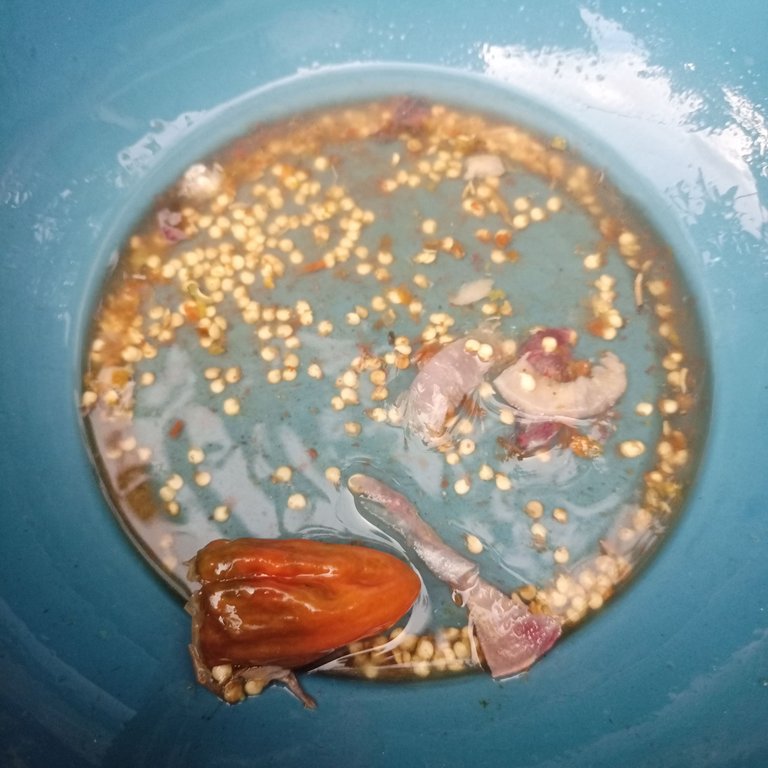
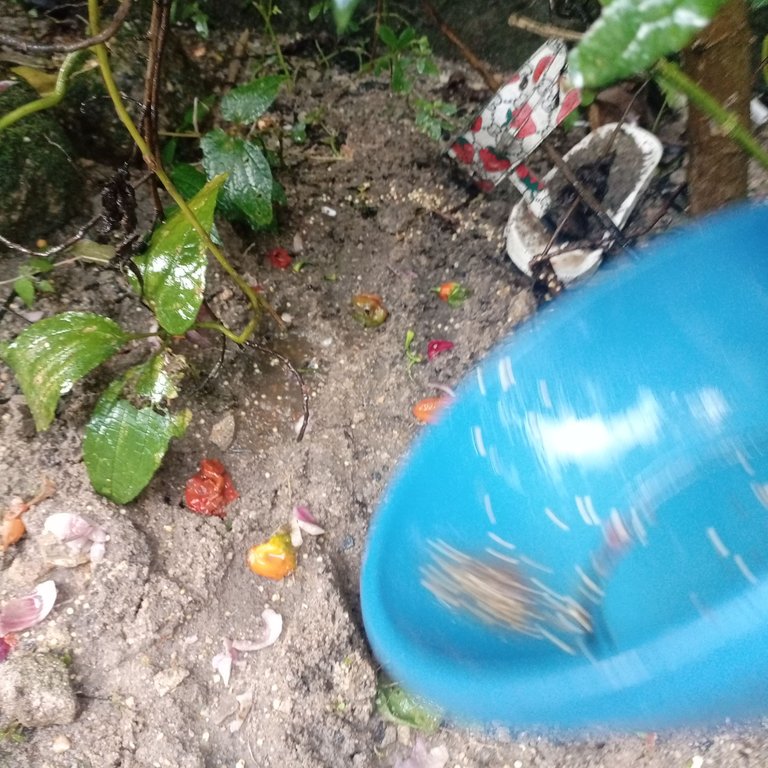
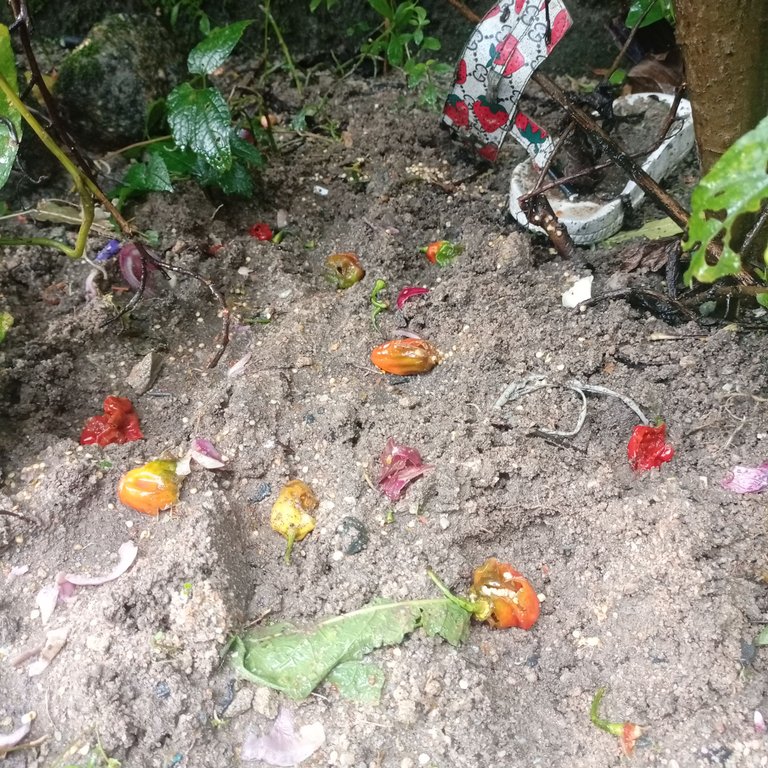
So after distributing the fleshy parts into the holes, I proceeded to drop the seeds into the holes. I applied the Dropping method of propagation rather than the Broadcasting method where a farmer just sprays the seeds around the tilled soil.
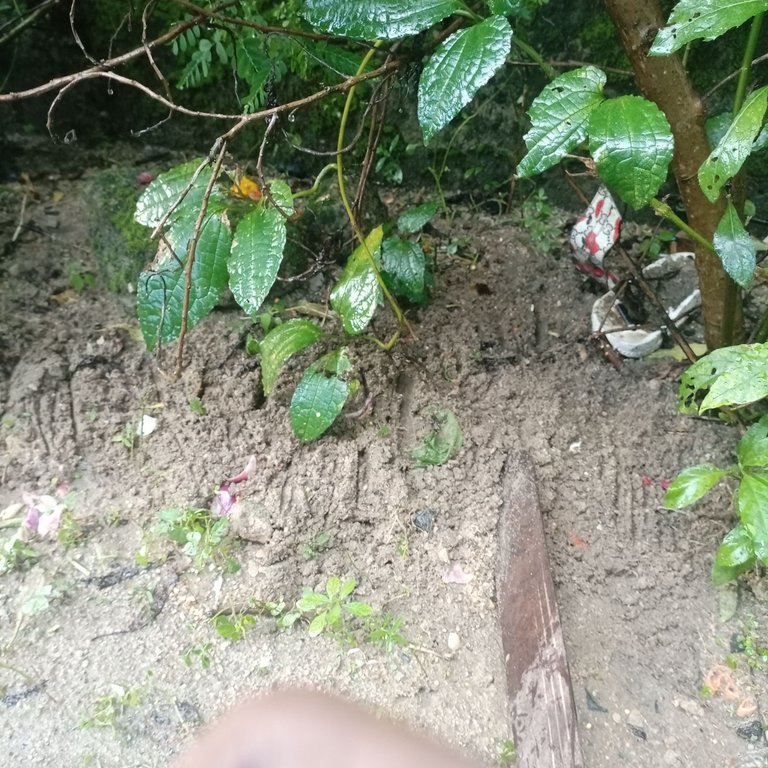
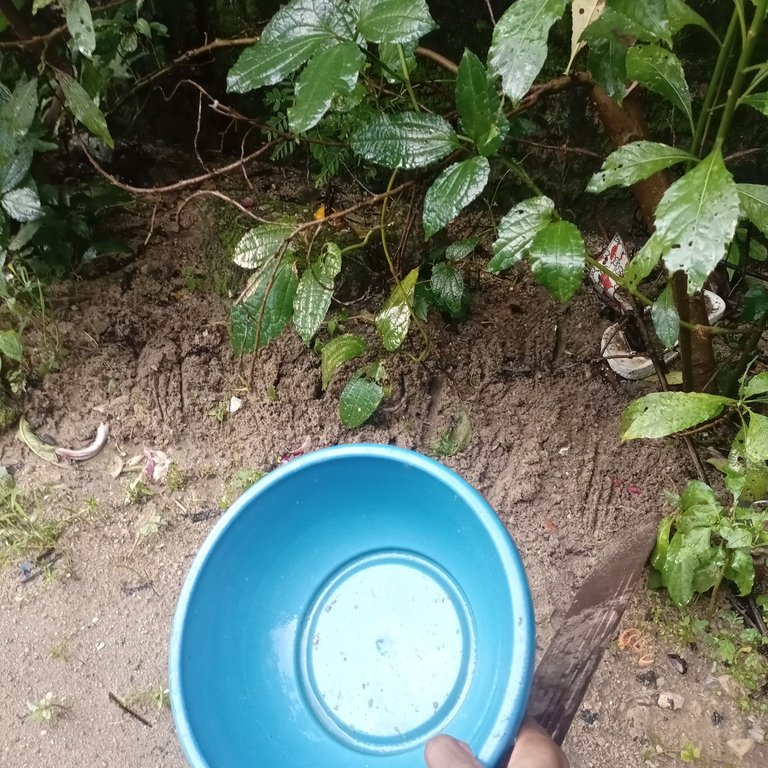
Then after everything, I had the holes covered up and water the place as well. I hope that one day, the pepper plants will grow and I harvest them for the kitchen, lolz.
What I just did was use kitchen waste to make a pepper garden. Thanks for reading. Enjoy your day friends!
